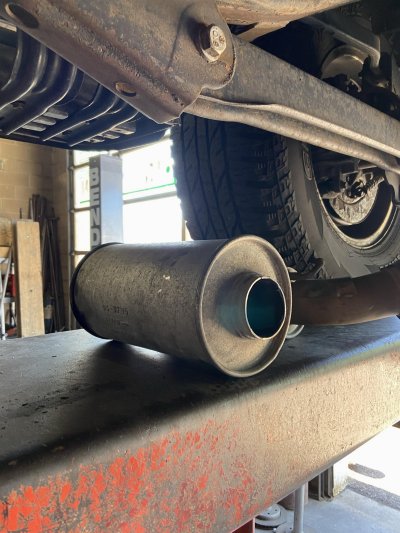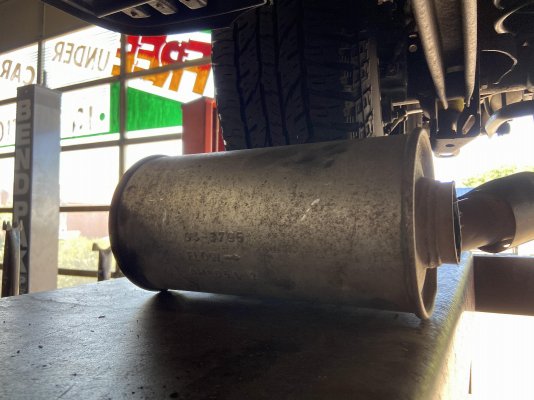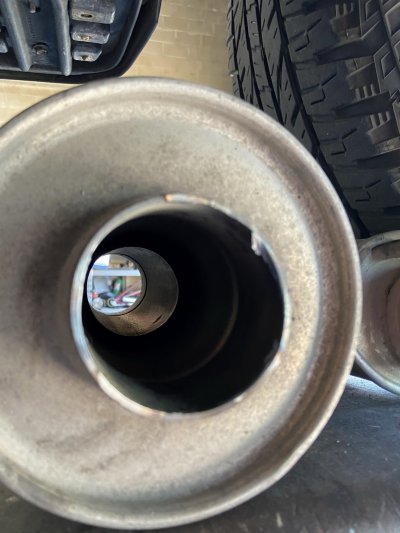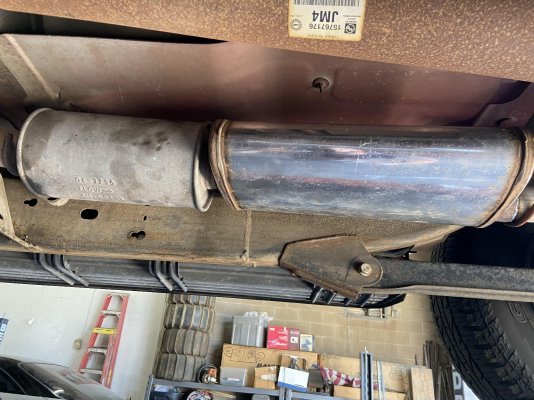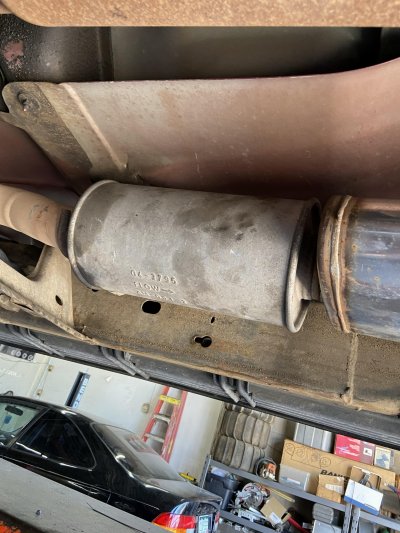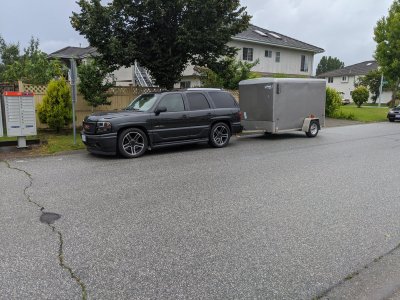First off, I'm not so sure the placement of that resonator is ideal. A resonator targets and cancels specific frequencies. If your muffler "filters" out certain frequencies and passes others (what you'd hear at the tailpipe), then placing it after the muffler makes more sense, as it is in factory form. Those frequencies may not be present or as present before the muffler, so the resonator may not be operating as designed. Remember, it's just a Helmholtz chamber rolled back along itself. I just don't know how to determine it's target frequency. On the other hand, before or after the muffler may not matter since it could still be working. But, whatever frequencies it doesn't cancel (like all the ones you wanna still hear) are being muffled after the fact and that's why it's now too quiet. Just thinking out loud here.
For the tube, ideally you want it perpendicular to the exhaust pipe. But, if you must, keep the bends to a minimum. One 90° will be just fine and should be all you need at most. On mine, the stock Y-pipe merged together just in front of a cross member. Putting the tube parallel with the crossover pipe coming off the LH bank would be convenient for packaging and it'd connect just after where the two pipes became one. Now that I think of it, I think the Y-pipe of the NBS had two separate pipes further downstream before they merged. So, if there's no convenient place to put it perpendicular, then make it shaped like a "J" with the short leg of the "J" as short as possible (so the tube will be tight to the exhaust pipe). The wave will be slowed slightly by the bend, altering the tuning frequency. I don't think it'll be enough to make much of a difference. I don't know how many dBs per octave it's slope is, but I know it's fairly steep. Be as accurate as you can with your calculations and building it'll be plenty effective.
By the way, have you crunched the numbers to double-check my napkin math? I found this vid that explains the formula:
I forgot what temperature I used in my calcs, but you should measure yours to be accurate, anyway. Temperature plays a major role in the speed of sound and can make this a complete waste if you're off.
Also, for bonus points, download a free dB meter/sound analyzer app to do some before and after measurements so you'll have hard numbers to reference and post rather than just going by ear.

